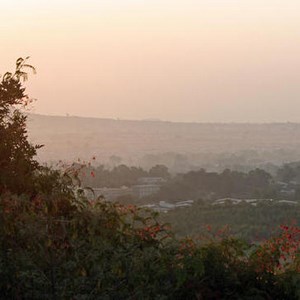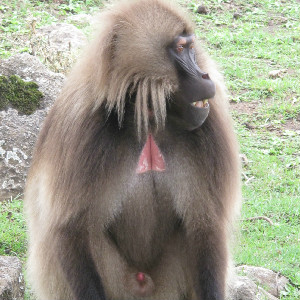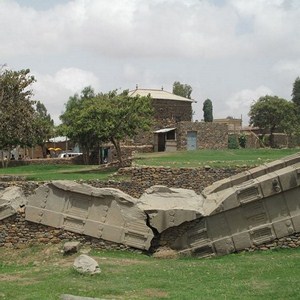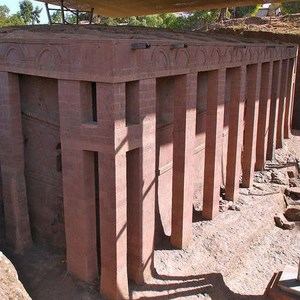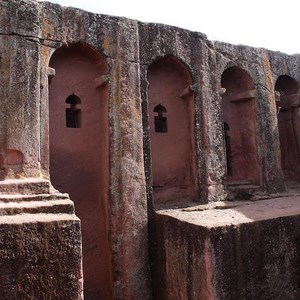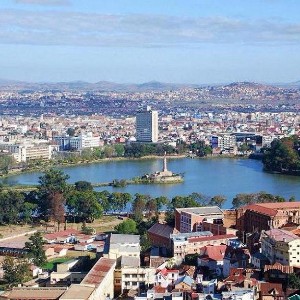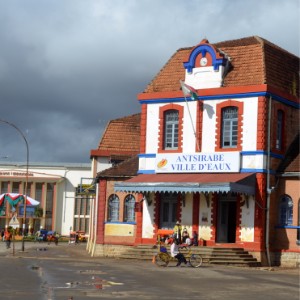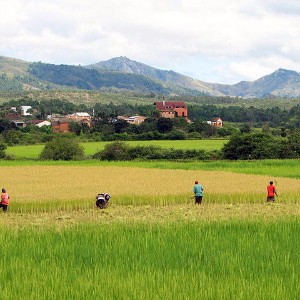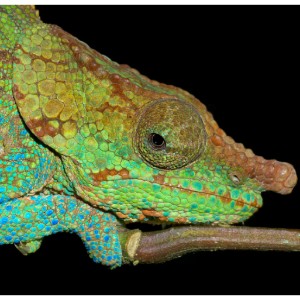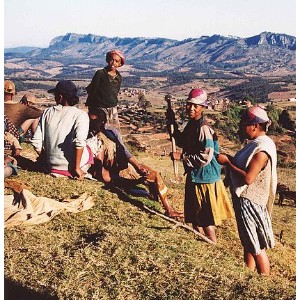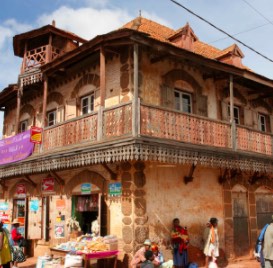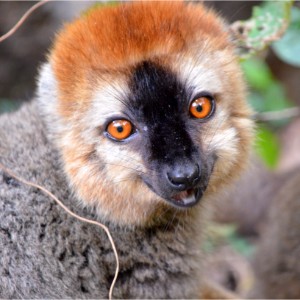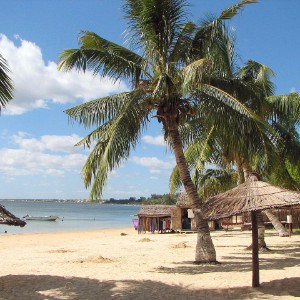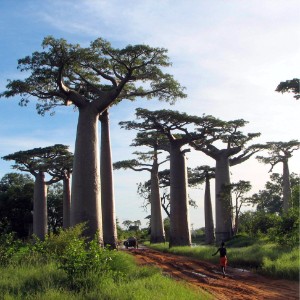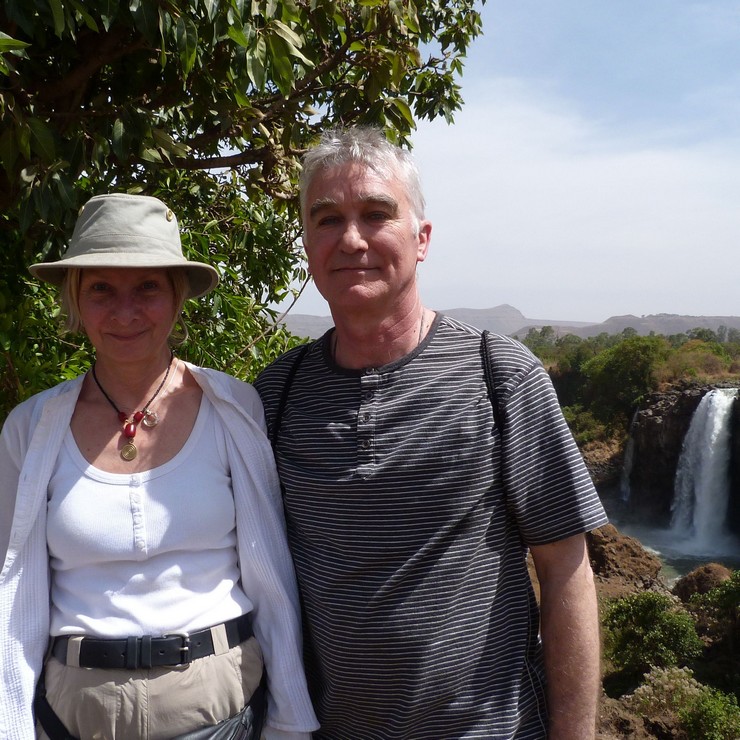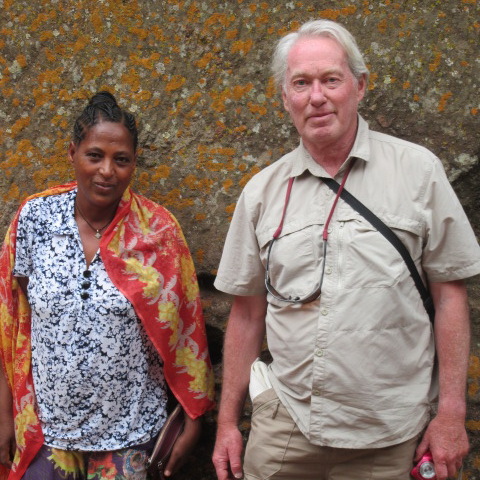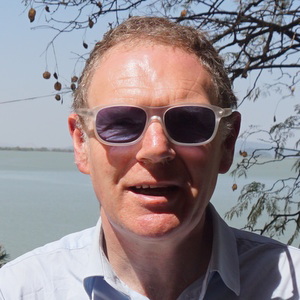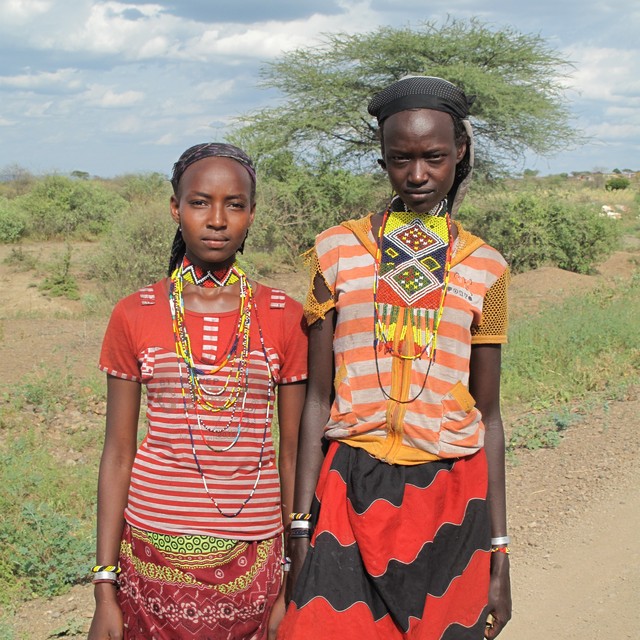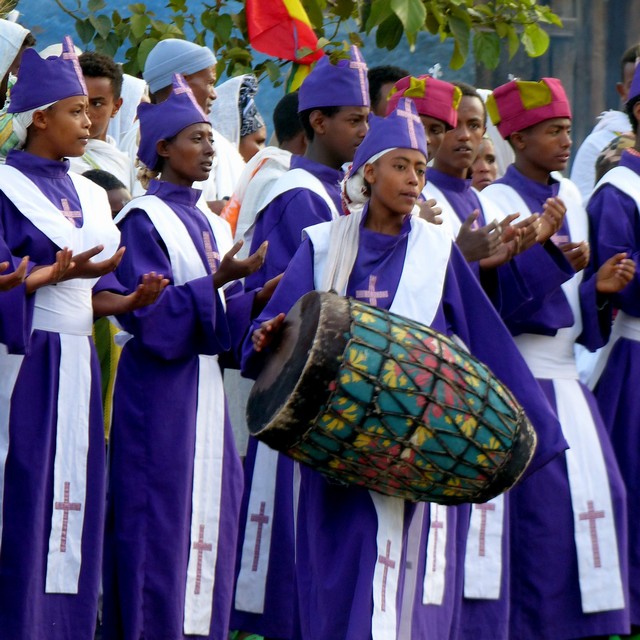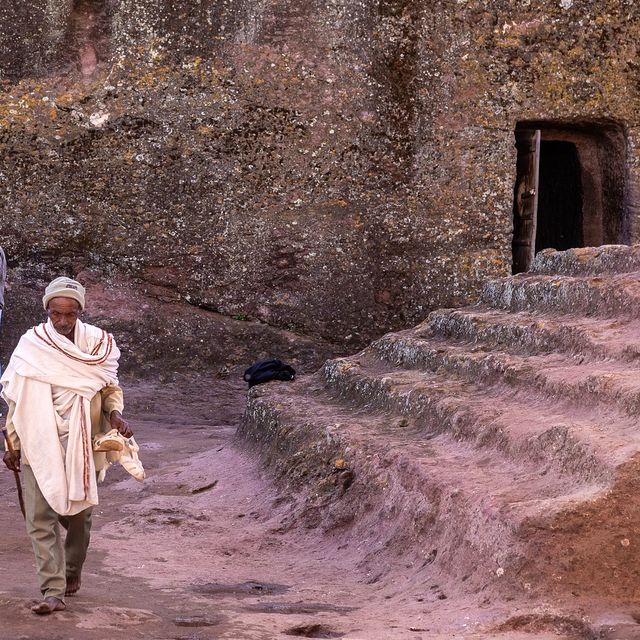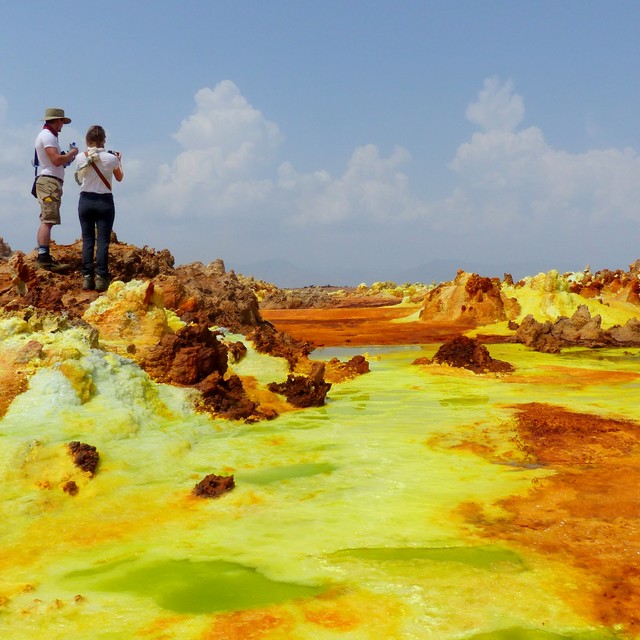In the early morning, drive to Fianarantsoa. On arrival, visit the Betsileo tribe and observe their daily life. Begin your walk at the Saint-Francois seminary before heading down the valley, noting the traditional architecture along the way. Enjoy lunch in a local house and learn about the authentic Betsileo culture and traditions. In the afternoon, return to the hotel where the rest of the day is free to relax. Overnight in Fianarantsoa.
Overnight in Ecole Hôtelière La Rizière, Fianarantsoa
Meal plan: Breakfast & lunch
Founded in 1830, Fianarantsoa is positioned in the southern part of the country with a population of 160,000 people. Meaning "good education" in Malagasy, Fianarantsoa houses a major university and is described as the intellectual centre of Madagascar. It is split into three sections: the Lower Town, New Town and Upper Town. The Upper Town is the most historic of the three, with Lutheran and Protestant cathedrals, and hosts a more traditional feel.
Living in the central highlands of south-central Madagascar, the Betsileo tribe (meaning "the invincible one") is the island's third largest ethnic group, with a population of around one million. They can be distinguished by their colourful handmade straw hats and the elaborate hairstyles of the women and girls. The Betsileo are considered some of the best farmers in Madagascar, efficiently cultivating rice in neatly manicured mountain-side rice paddies, as well as growing cassava, corn (maize), yams, bananas and sugarcane. They are also skilled carpenters, bricklayers and craftsmen. The tribe holds many religious beliefs and practices, with the most important being the traditional burial ceremony of "famadihana", during which corpses are removed from tombs, rewrapped and reburied, following the belief that their spirits can only join the ancestral world after complete corrosion of the body.

